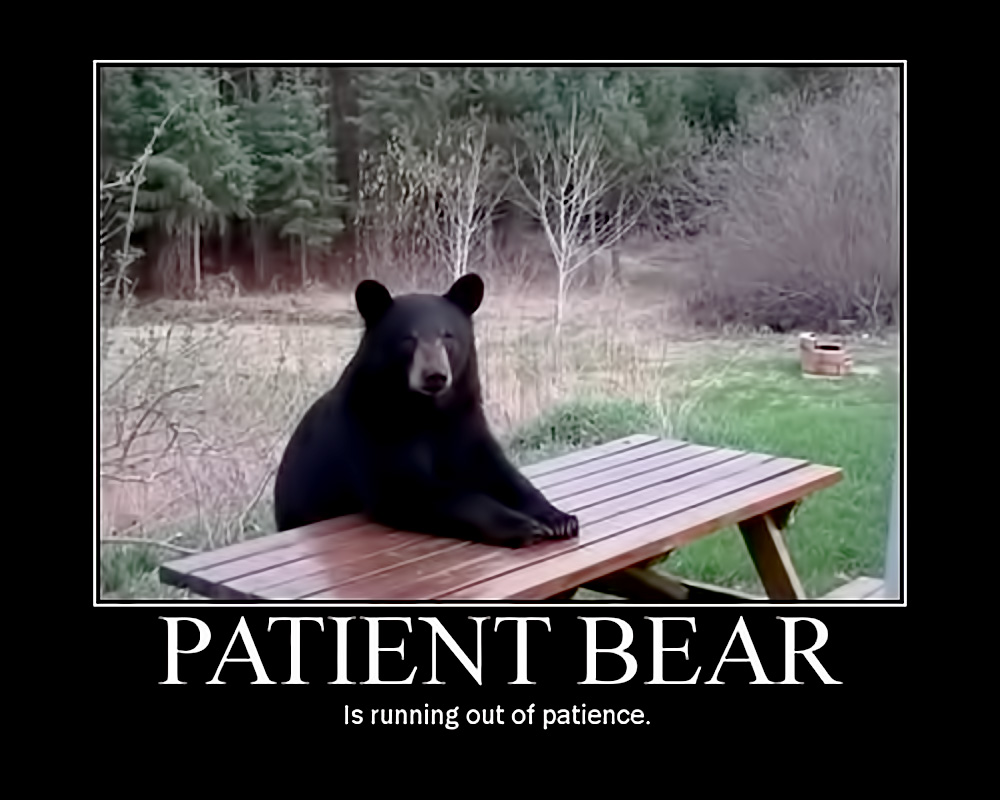by Ben Carlson, A Wealth of Common Sense
William Bernstein joined a number of prominent investors by offering a sobering outlook for the future performance prospects on a traditional U.S. stock/bond portfolio:
ETF.com: As you take measure of markets, what are the key takeaways right now?
Bill Bernstein: Well, I would say that the expected return of a balanced portfolio is the lowest it’s been in financial history. We’re looking at 3 or 4 percent on stocks, and we’re looking at zero percent on bonds. Those are real inflation-adjusted figures.
ETF.com: And when you aggregate those two?
Bernstein: Two percent—I think net of expenses, you’re going to be very lucky to get 2 percent over the next 20 years.
I’m a huge Bernstein fan, but I think making a 20 year forecast of returns is pretty ambitious. There are way too many variables to consider over two decades. But this isn’t some off-the-cuff charlatan making this call. Bernstein is a well-respected, level-headed guy. Making future return projections about the markets is always difficult, but it does make sense to set some loose expectations so you can plan ahead and adjust as reality plays out.
So let’s just look out over the next decade to go over a few different scenarios to consider. Let’s say Bernstein’s return projections are right. I don’t know if he will be but let’s assume he is. If we get on the high end of his range for stocks, investors will earn 4% per year (after inflation).
Anyone that follows the markets realizes that average returns in any given year are anything but average. Almost 50% of annual returns for the S&P 500 are greater than 15%. Over one-third of annual returns are greater than 20%. And around 14% of years have seen double digit losses. So even if Bernstein’s projections are correct, those returns are not going to come in a consistent manner.
Let’s say we get the bear market many have been forecasting since the start of this bull market. If stocks were to fall 20% in year one, the following nine years would have to see an average of 7.1% annual returns to still end up at the 4% 10 year average.
Now let’s assume there’s a crash in year one and stocks drop 30%. The remainder of the decade would see 8.7% annual returns to reach that 4% decade-long stock market average.
You can see that even with below average returns, there could still be opportunities to profit. Of course, to take advantage you would need cash available to invest at lower prices through either (1) future savings or (2) a liquid allocation in your portfolio that won’t get crushed when stocks do.
If we look at a 60/40 portfolio using Bernstein’s real returns, investors would get 2.4% per year. In this scenario, if there was a bear market in year one this portfolio would see a 12% loss (assuming -20% in stocks and a 0% return on bonds). To get to the 2.4% average return over a decade, the 60/40 portfolio would return 5.3% thereafter.
If there was a 30% stock market crash in year one (18% total portfolio loss), the next nine years would see a 6.8% annual return in the 60/40 to get the overall 10 year performance at the 2.4% average. Even in a lower performing environment there could still be periods that offer higher future returns.
Obviously this entire exercise is conjecture. Markets don’t play out in real life as they do in simulations. However, this does show the importance of continuing to invest when the annual return stream is uneven and especially when stocks are down. With the possibility of lower future market returns, the margin of error will be much narrower.
I have no idea when stocks are going to fall again, but when they do investors have to be ready to take advantage. To benefit from the higher expected returns that tend to follow a market crash or correction requires one very important factor beyond some form of liquidity — the courage to rebalance or buy when stocks are falling and everyone else around you is predicting the end of civilization as we know it.
The current environment means it’s going to be important for investors to reduce the impact of costs and taxes on their portfolio to increase net returns. But even optimizing costs and taxes won’t matter nearly as much as investor behavior. In my view, behavior during bear markets and corrections will be the deciding factor that separates successful investors from the crowd.
Source:
Bill Bernstein: Rule No. 1 Is Stick To Your Plan (ETF.com)
Futher Reading:
What Kind of Investor Are You?
Would a Repeat of the 1987 Crash Really Be That Bad?
Subscribe to receive email updates and my monthly newsletter by clicking here.
Follow me on Twitter: @awealthofcs
Copyright © A Wealth of Common Sense
















